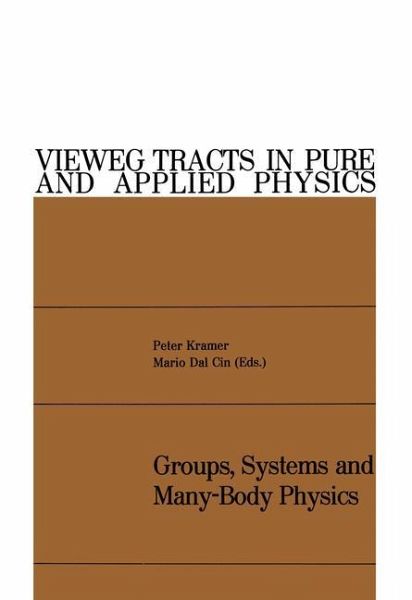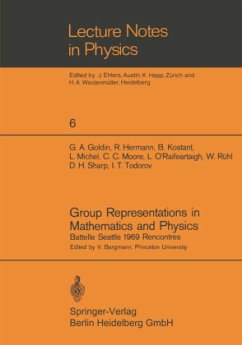
Groups, Systems and Many-Body Physics

PAYBACK Punkte
20 °P sammeln!
The authors of the present book share the view that groups and semigroups playa funda mental role in the structure of the complex systems which they are studying. A serious effort was made to implement this point of view by presenting the fundamental concepts pertaining to groups and semigroups before going into the various fields of application. The first two chapters are written in this spirit. The following seven chapters deal with groups in relation to specific systems and lead from basic notions to high-level applications. The systems under study are in all cases characterized by a high d...
The authors of the present book share the view that groups and semigroups playa funda mental role in the structure of the complex systems which they are studying. A serious effort was made to implement this point of view by presenting the fundamental concepts pertaining to groups and semigroups before going into the various fields of application. The first two chapters are written in this spirit. The following seven chapters deal with groups in relation to specific systems and lead from basic notions to high-level applications. The systems under study are in all cases characterized by a high degree of complexity as found in the physics of many degrees of freedom and in the theory of automata and systems. In 1977 the authors from the University of Tiibingen (M. Dal Cin, G. John, P. Kramer, A. Rieckers, K. Scheerer and H. Stumpf) organized an International Summer School on Groups and Many-Body Physics. The lectures presented at this School dealt specifically with this interplay of groups and complex systems. The contributions of this book cover the fields which were treated in a condensed form at the Summer School.














